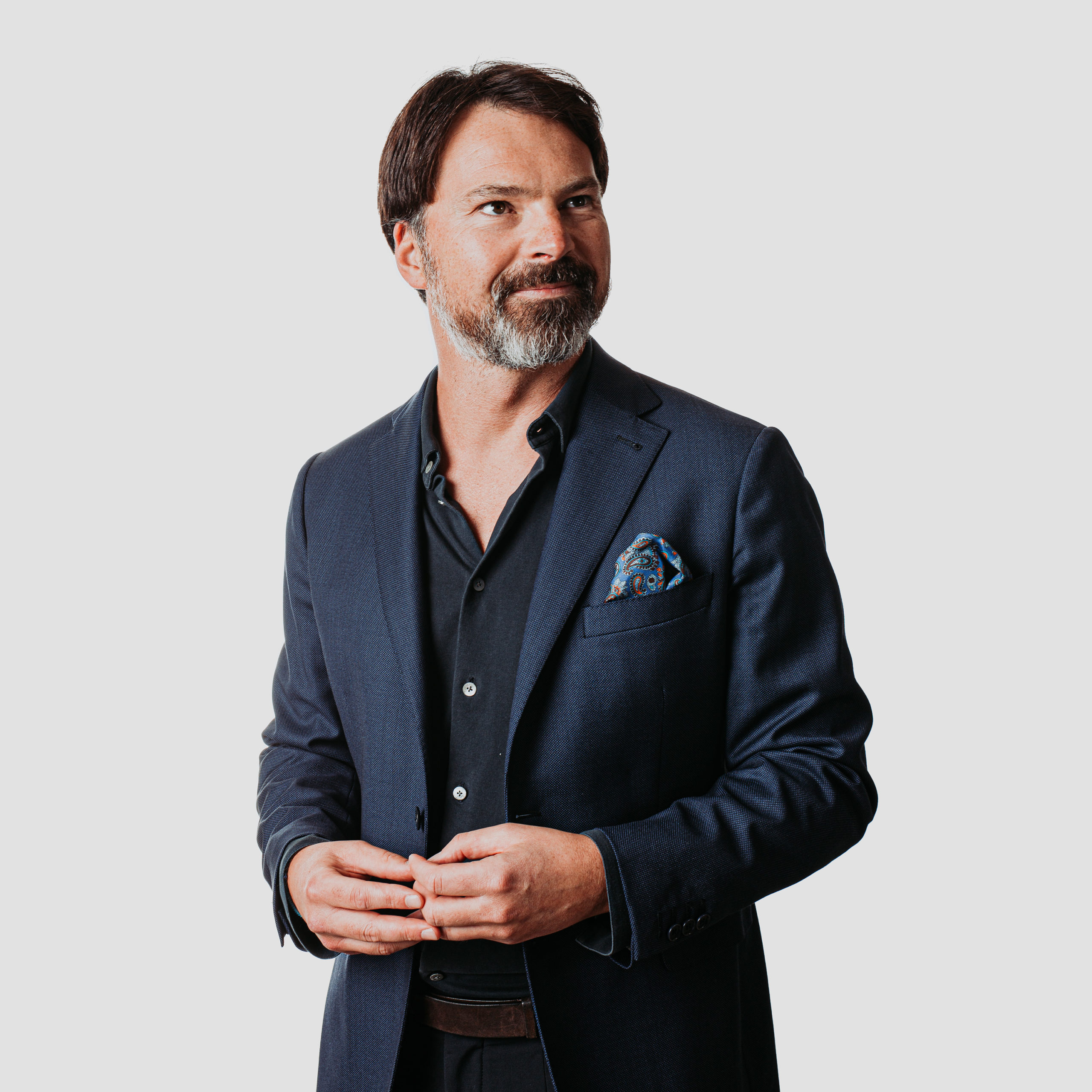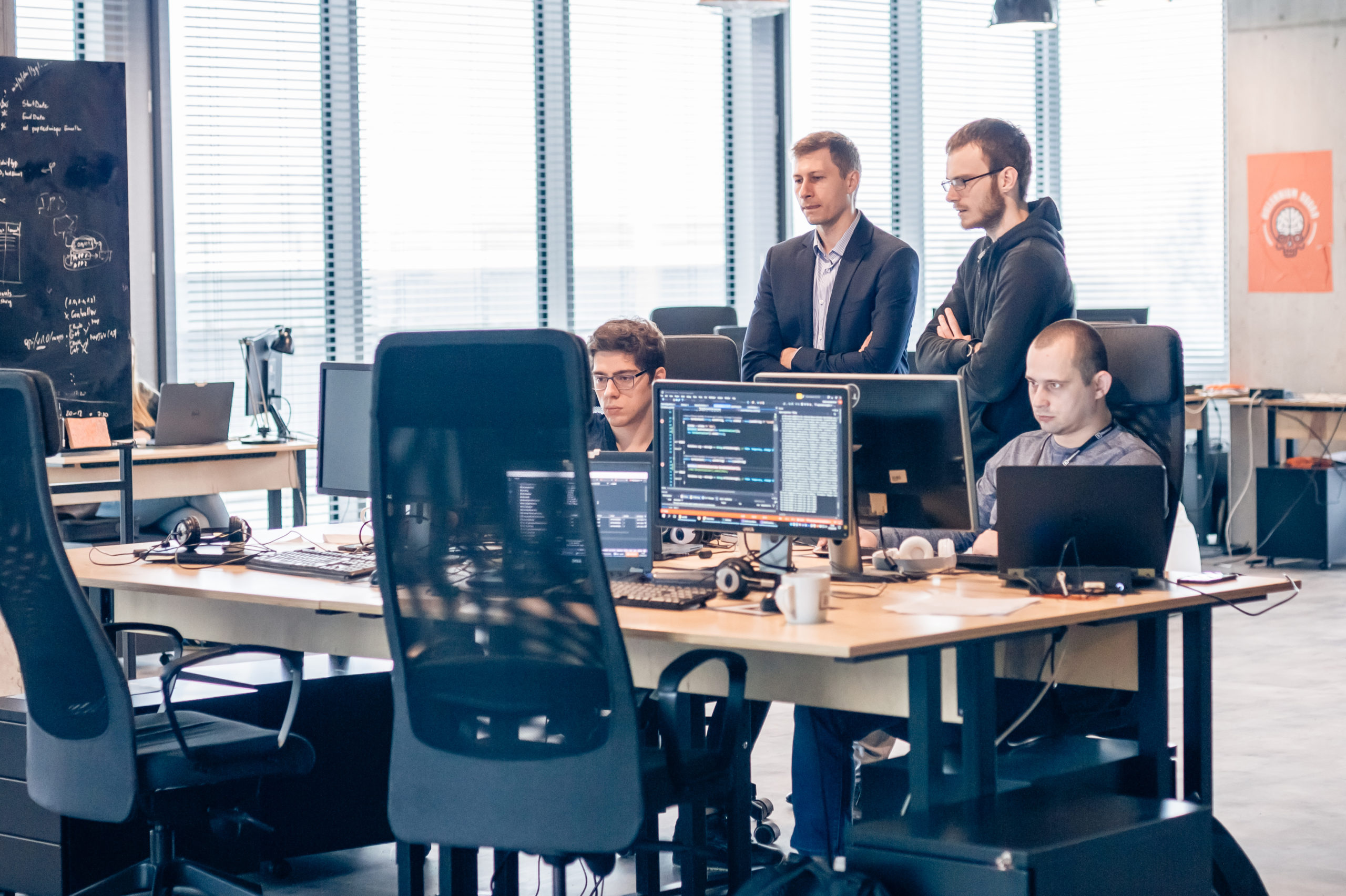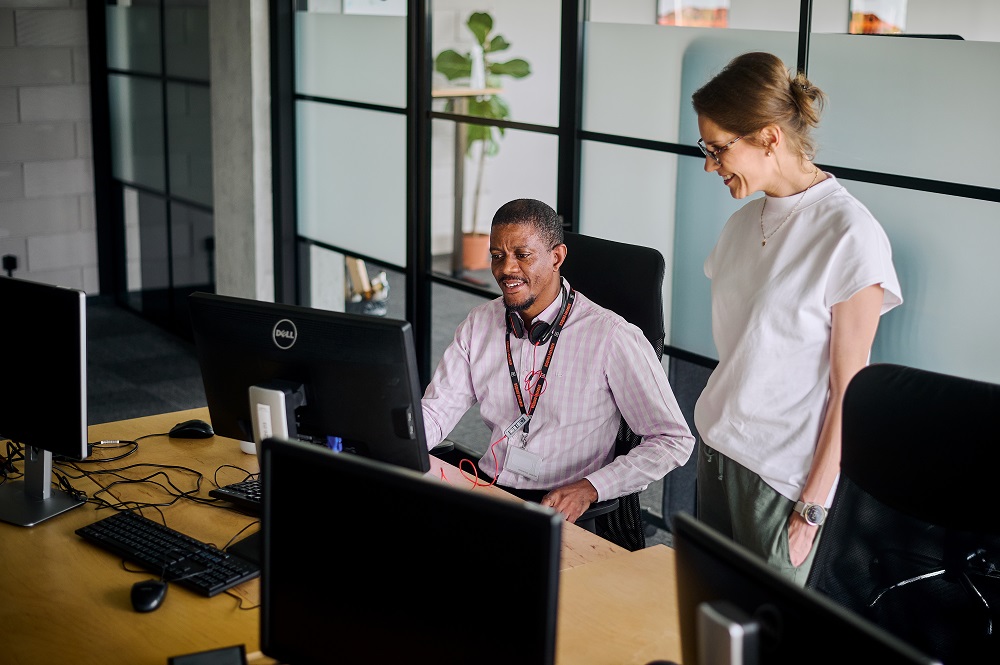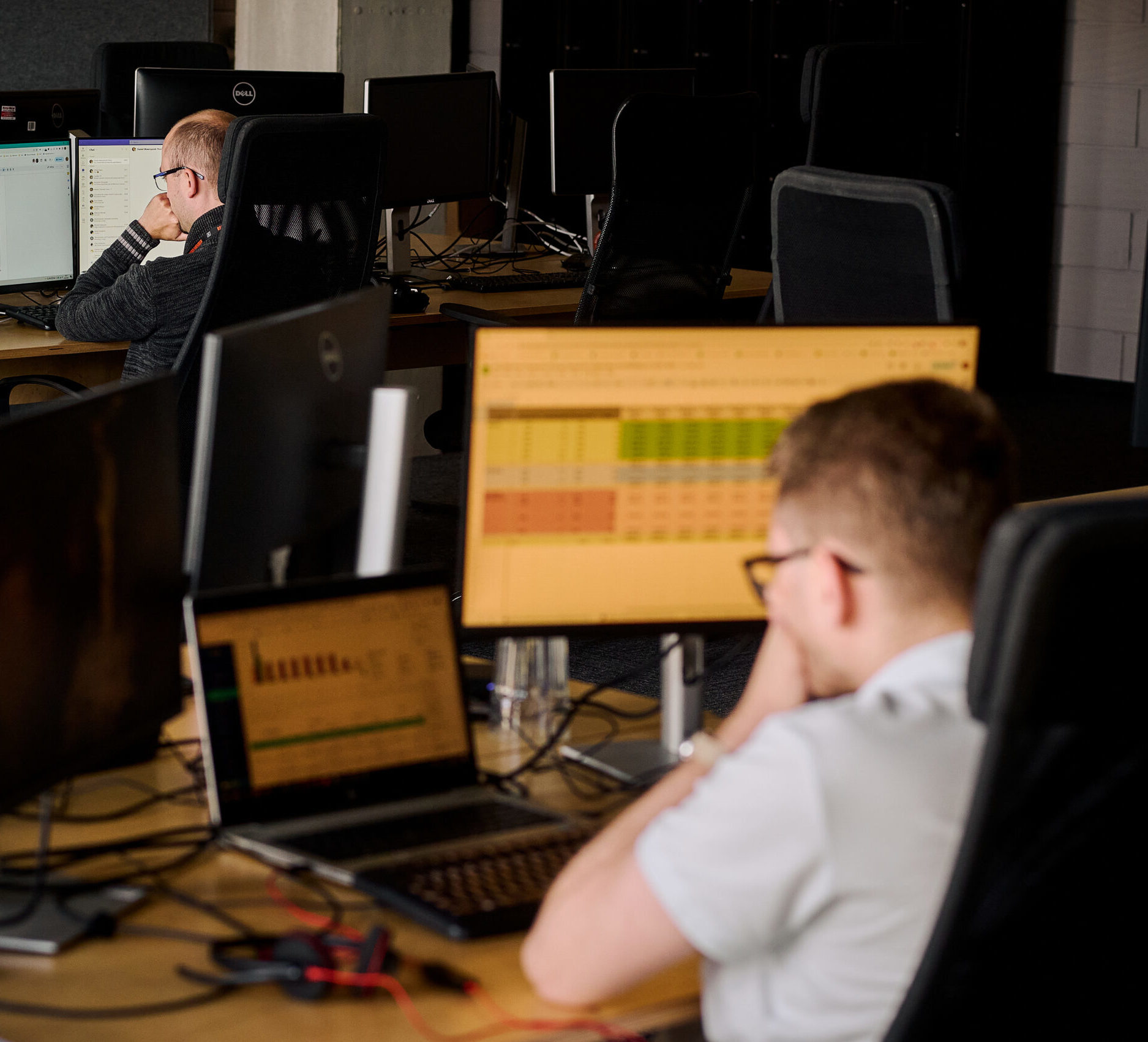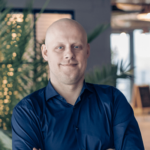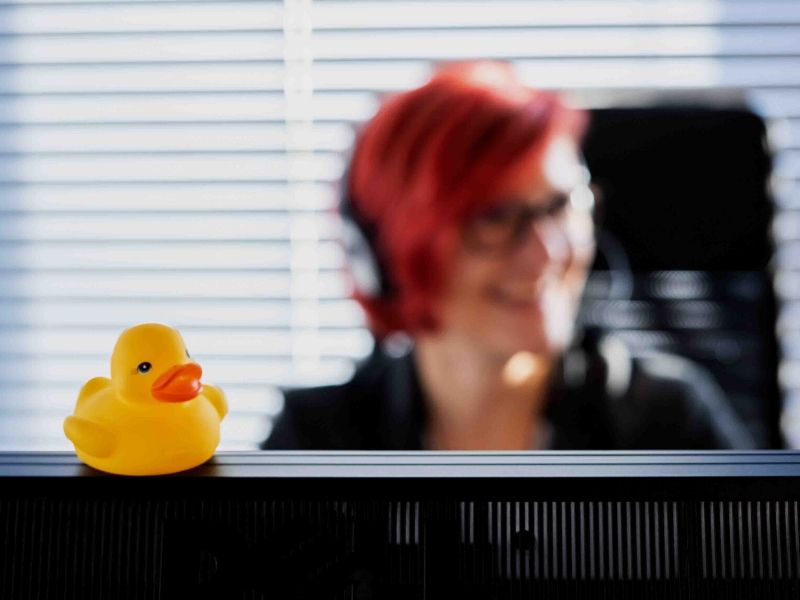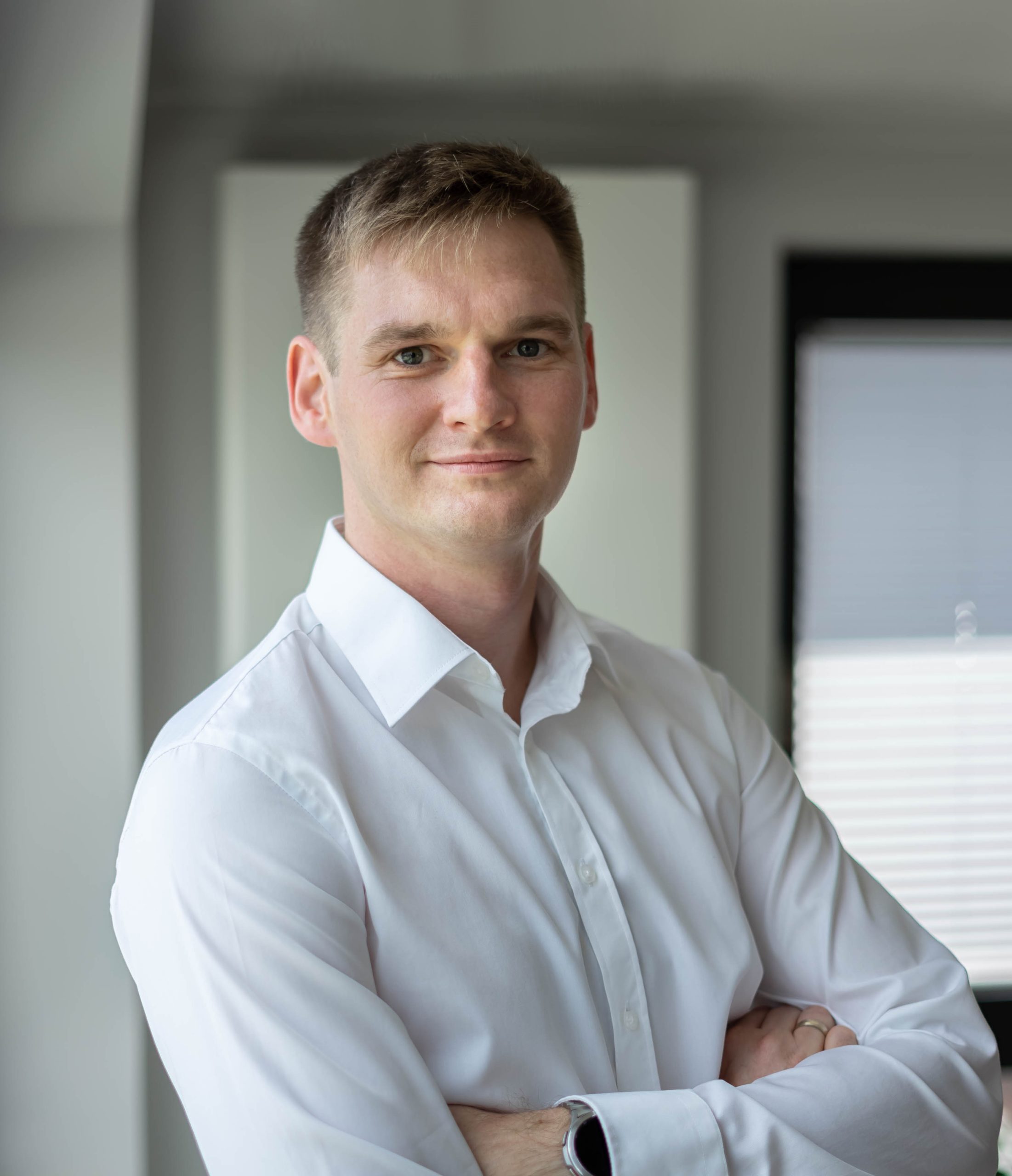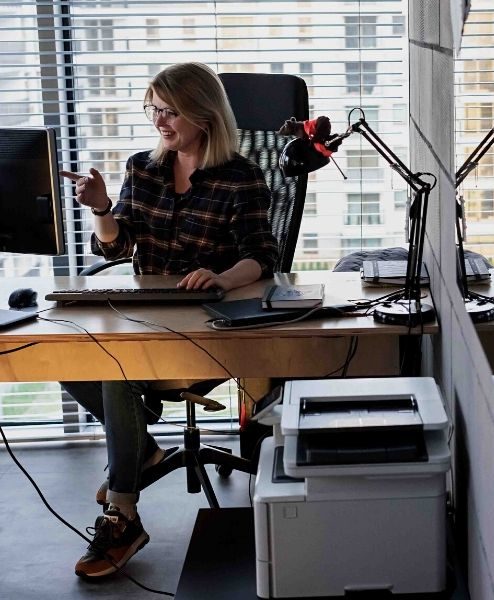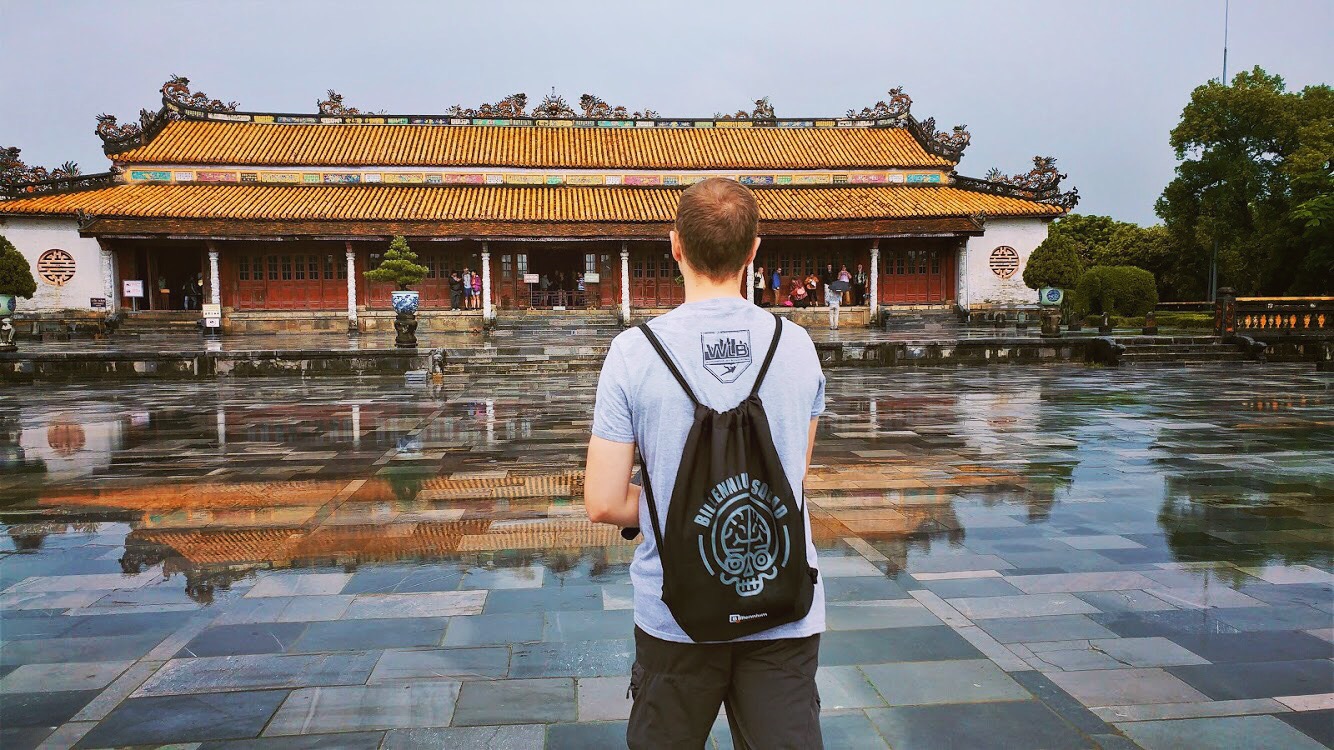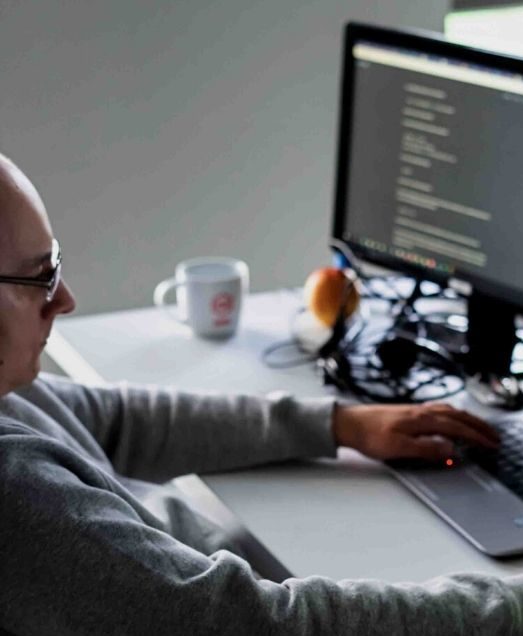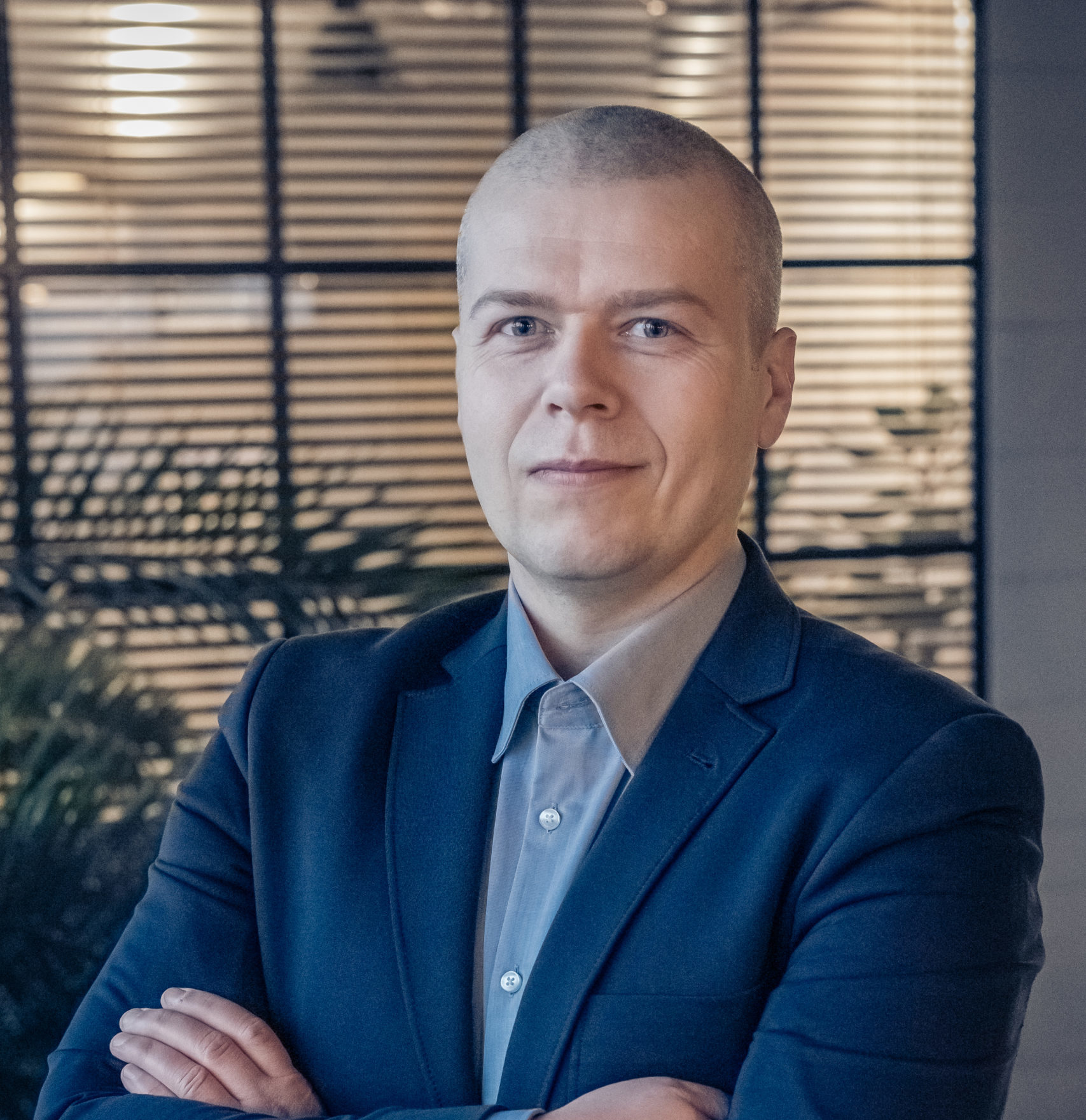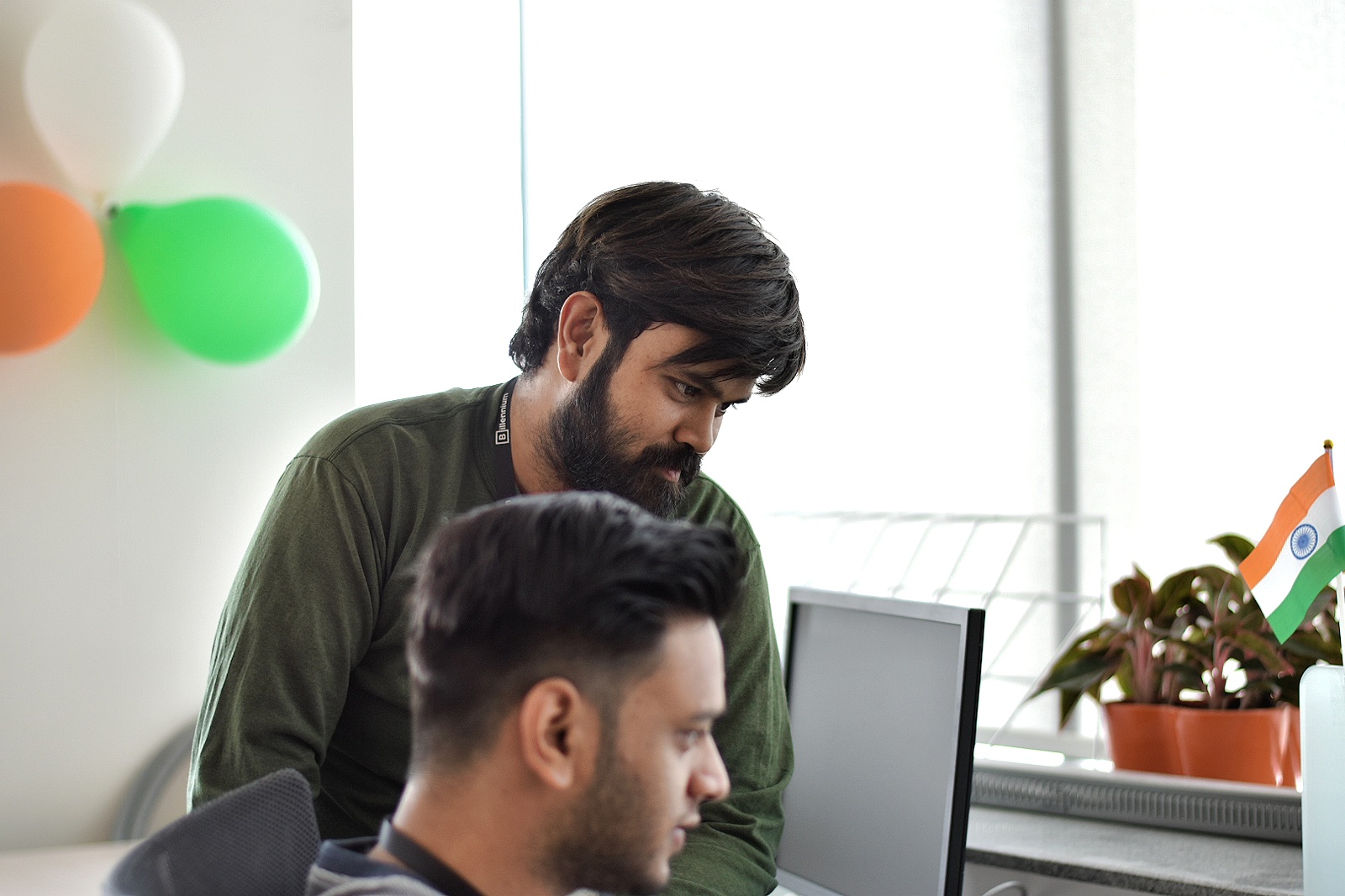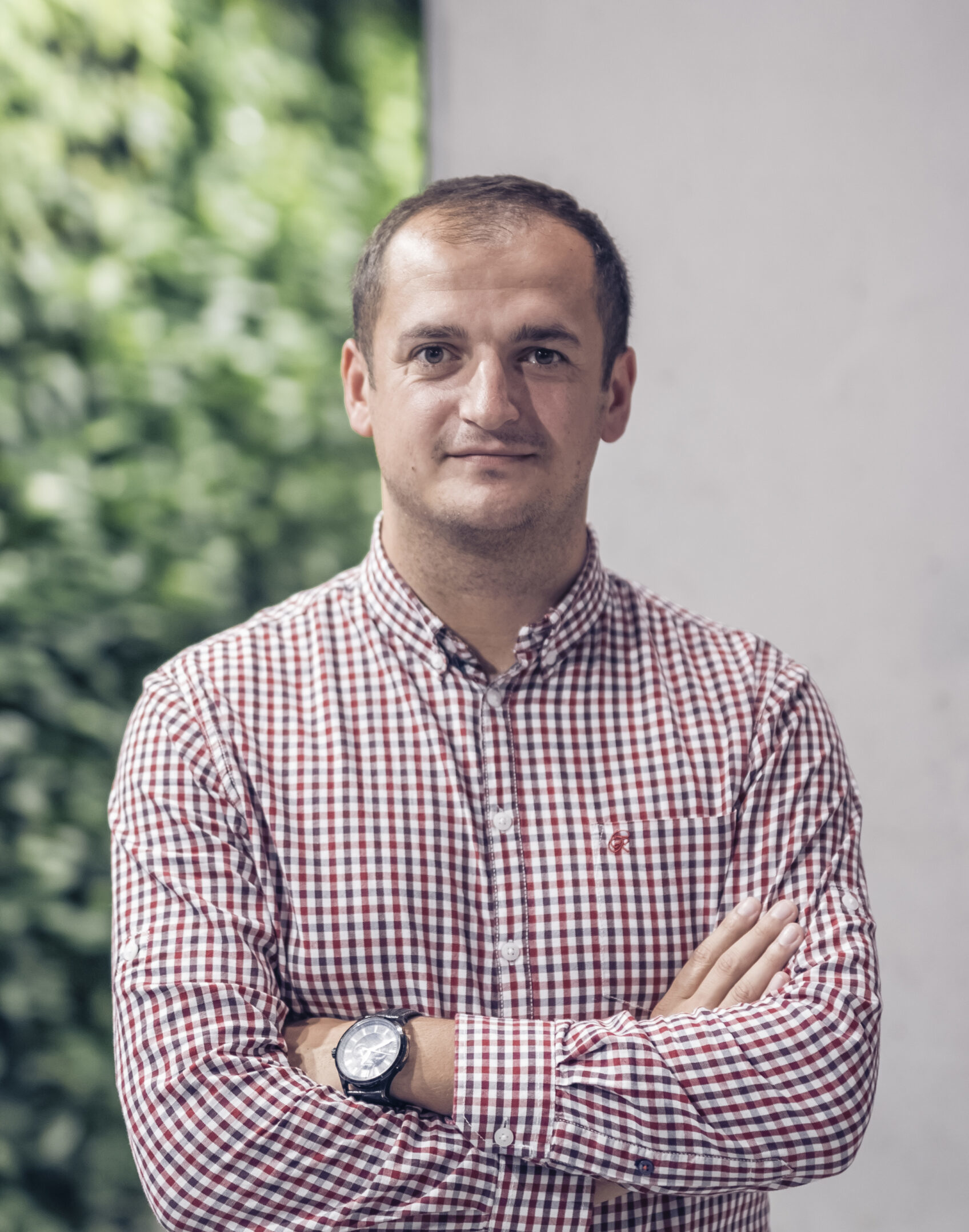In the media we often hear about the development of artificial intelligence and how it can help humanity. From transportation, through education, to things like customer service. The potential of AI is virtually unlimited, and we are increasingly trying to use it in fields like medicine. The development prospects here are proportionally great to the needs, but also the risks. Let’s not forget that we are talking about human health and life. Inspired by the book “Origin Story: A Big History of Everything” by David Christian, which I highly recommend, I began to wonder, how did humanity even get to this point where we are talking about the development of artificial intelligence?
These days we all carry a smartphone in our pocket with a computing power incomparably greater than computers that helped send a man to the moon, and only 20 years ago phones had monochrome displays and vibrating when calling was a technological novelty.
Besides, will someone born in the 21st century believe that a few decades ago computers didn’t have a graphic interface and were the size of a wardrobe?
Progress in the field of mobile phones and computers is just one example that shows what a fascinating place we find ourselves now in as a civilization. The pace of our development is impressive, and it continues to accelerate.
For comparison, when we look at the last 200 million years (excluding the period in which modern humans appeared, i.e. 190,000 years ago), development through the evolution of DNA was a very slow learning process lasting millions of years. Evolutionary errors very often contributed to further development.
It wasn’t until the appearance of modern humans who communicated through language, and later also through writing, that knowledge began to be organized and passed on in the form of books, systems, or mathematical formulas. And knowledge spread very slowly.
Truly global knowledge is, therefore, no more than 100 years old. We are talking about universal human communication that helps us, humans, share knowledge about discoveries, such as breakthrough technologies or novelties in medicine. Magnetic resonance imaging is now one of the basic diagnostic imaging tools, but it was only in the 1980s that it began to be used more widely in hospitals.
So, in retrospect, our development is extremely fast, but sharing knowledge and information is not enough. We have not yet developed a method to transfer experience. The one that allows an experienced radiologist to see something in an MRI image that someone right out of medical school might have missed. A younger doctor, despite theoretical knowledge and knowledge of technological innovations, has to spend a lot of time looking at images, tests and consulting with older specialists to achieve their level. And it is precisely this experience gap that artificial intelligence can help us fill.
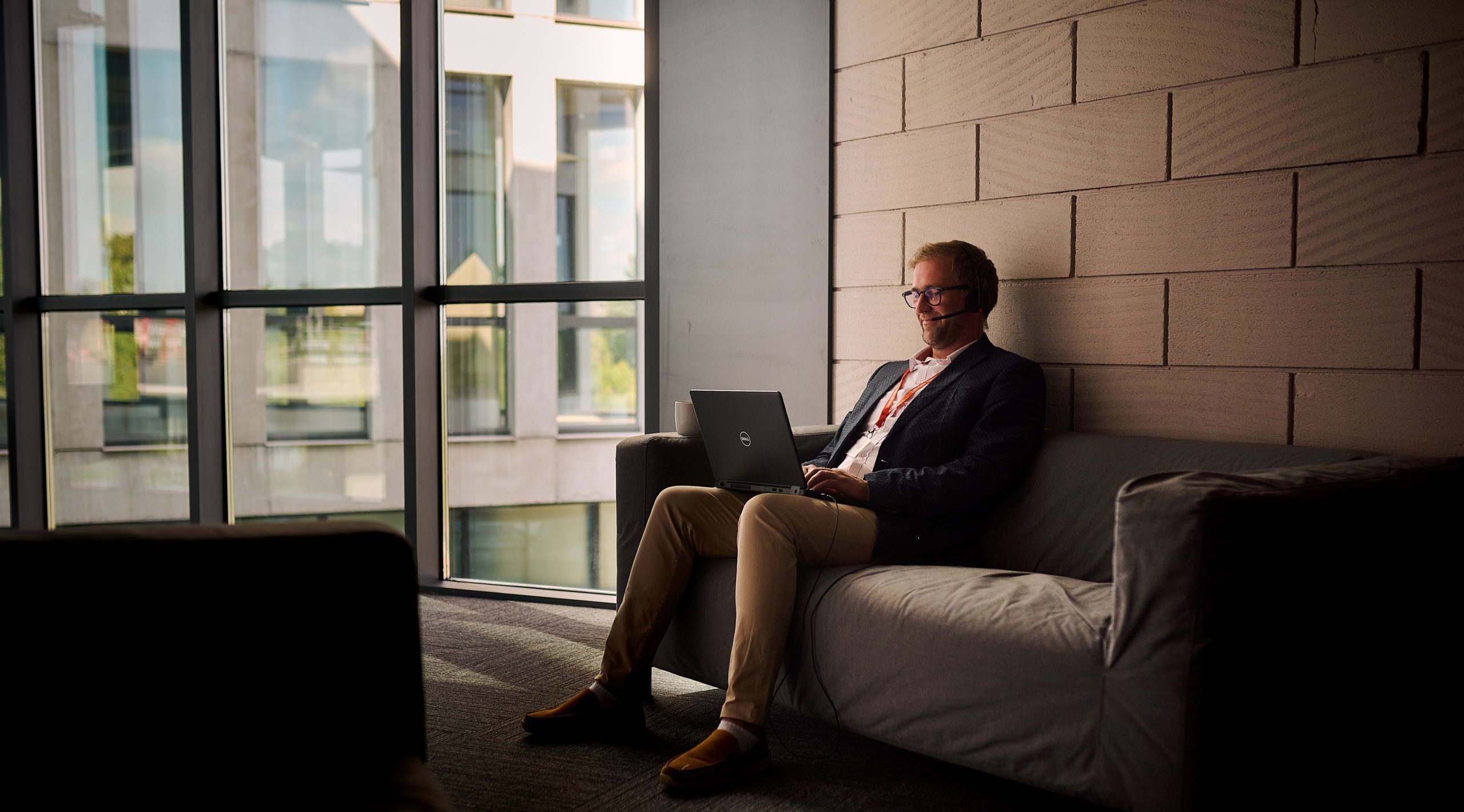
I remember when in computer science class in school we had to create a non-deterministic method using a neural network to teach it to recognise images. Although I didn’t know much about art at the time, by using samples of works by Picasso, Van Gogh, Rembrandt or Monet, we were able to teach the neural network the style of an artist’s brush. Thanks to this, when we added other paintings by the famous masters, it was able to recognize their authors on its own.
Artificial intelligence used to help doctors or diagnostic processes is all about using the experience and patterns that we have in order to teach the neural network to recognize samples it has not encountered before.
To sum up, just as in the development of our civilization we dealt with collective learning, thanks to artificial intelligence and the use of non-deterministic methods in diagnostics, we can share the experience of all doctors and create a digital community that can save human lives.
We should keep in mind, however, that artificial intelligence does not only present opportunities but also risks. I don’t mean like the scenes straight from the Terminator movies in which humanity is destroyed, but the risk of an ordinary, “human” mistake. AI may help support the diagnostic process, but it should not replace diagnosticians.
Its role is to help doctors and radiologists, especially those with less experience. Time is a key factor in the diagnosis of cancer. However, for a diagnosis to be confirmed in Europe, two doctors are needed, so sometimes we have to wait longer for it. In the United States, on the other hand, one doctor is enough, but there are more errors in the descriptions. So, we have to determine what is more important to us, time or more effective diagnosis?
We hope that thanks to the non-deterministic method of diagnosing brain tumors we are currently working on, we will no longer have to make this choice. The doctor, and perhaps even the patient, will be helped by a diagnosis prepared by artificial intelligence in real-time.
The results of such diagnosis are always given with probability. Billennium, together with the Maria Curie-Skłodowska University in Lublin, has so far managed to achieve over 80% efficiency on a specific data sample used to teach our neural network.
We are taking the next step and will continue to teach using image samples from daily tests. It’s a long road, but I believe the next step will be to share this solution and help humanity fight cancer around the world.
